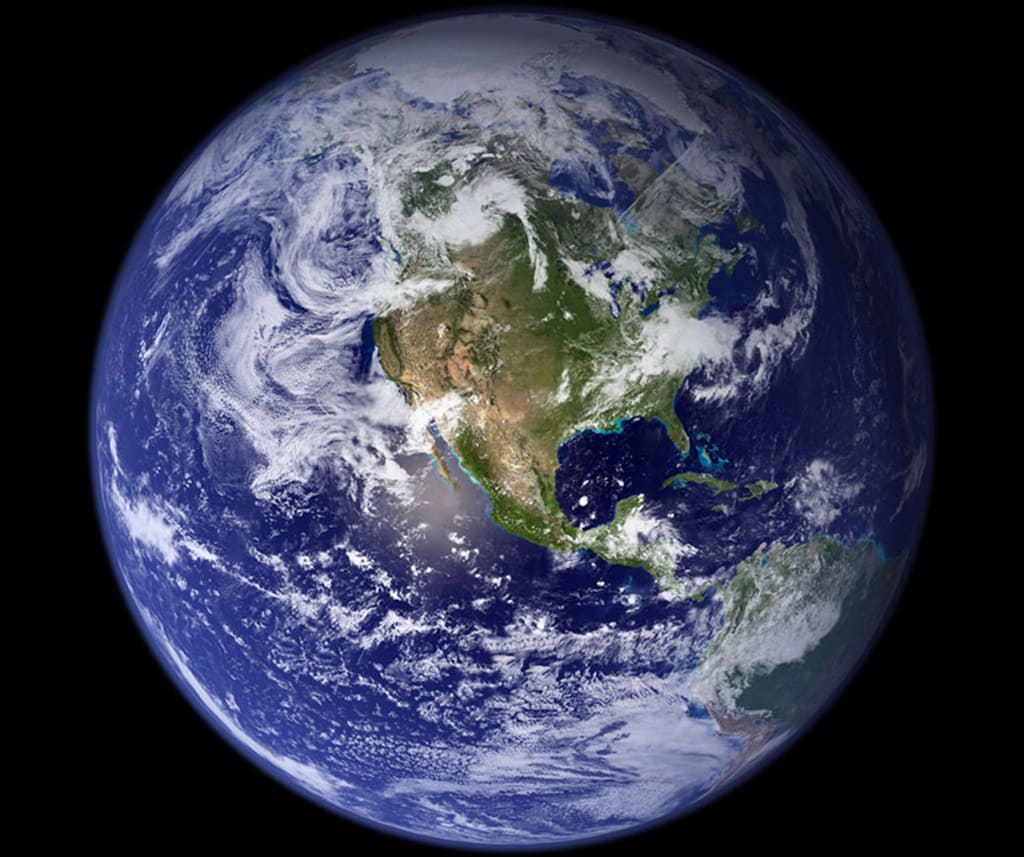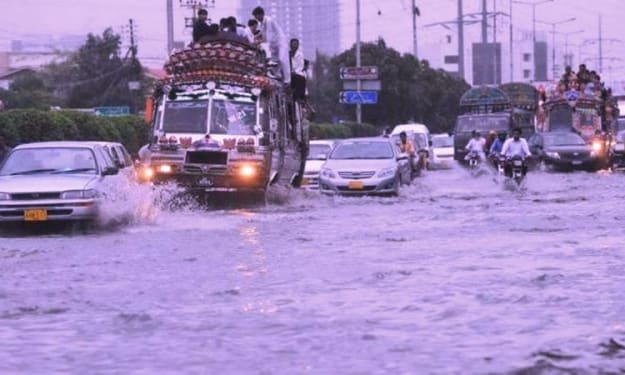
If I were to propose that in another universe, Earth could have a donut-like shape, you might consider it absurd. However, theoretically, Earth could adopt various alternative shapes such as a dumbbell or even a flat configuration. Today, let's explore seven of the most peculiar possibilities, some of which might pose significant challenges while others could offer unique advantages.
At number seven, we have the concept of a "Donut Earth" or a Torus-shaped Earth. In this scenario, gravity would vary significantly based on your location. You could weigh up to three times less than you do now. The surface gravity at the poles would be 0.65 G, while near the equator, it would only be 0.03 G. This would result in an experience akin to bouncing around on Mars. The moon's behavior would also be peculiar, possibly exhibiting a figure-eight movement due to the influence of the donut's gravity. This, in turn, would impact ocean currents, leading to unstable water levels and extreme weather conditions in certain regions. Despite these challenges, human survival on this alternate Earth is conceivable, albeit with some inhospitable areas and difficulties in travel due to low gravity.
Moving on to number six, the "Dumbbell Earth" is a more science fiction-inspired concept. It envisions two separate planets connected by a narrow middle section. Gravity in this central area would be significantly weaker, leading to extreme volcanic activity and potential planetary breakup. Living on the outer Earths, however, would resemble our current experience, with similar gravity, weather, and atmosphere. The divergence would primarily be in cultural and technological evolution.
At number five, we have the "Ellipsoid Earth," taking on an egg-shaped form. This habitable Earth would exhibit variations in gravity, with stronger gravity at the narrower parts and weaker gravity at the wider sides. Weather patterns would also differ, with tropical temperatures along the Equator and more extreme conditions near the polar regions.
Before delving into the next concept, it's crucial to clarify that a flat Earth is scientifically impossible. Gravity naturally shapes celestial bodies into spheres, and a flat Earth would challenge our understanding of gravity. Nonetheless, in a hypothetical flat Earth scenario, air pressure would become a significant concern. Gravity would draw air towards the center, leaving the edges with no air pressure. This would result in areas with insufficient oxygen and regions where air pressure could be crushed.
At number three, the "Cube Earth" is an intriguing idea with six sides, each presenting challenges. Due to gravity, only living near the center of each face would be viable. Water would be pulled towards the planet's multiple centers, rendering the edges barren and inhospitable. Travel between different sides would be challenging, leading to unique evolutionary paths and climates on each side.
The second-to-last concept is the "Hollow Earth," which, theoretically, is not feasible. Gravity would force a hollow Earth to collapse on itself, creating a smaller sphere. Moreover, lacking an atmosphere and magnetic field due to its hollow core would expose the surface to intense solar radiation, making it uninhabitable.
Lastly, we introduce the Alderson disc, a megastructure resembling a DVD version of Earth. While less of a theoretical planet shape and more of a potential megastructure, it would require an enormous amount of materials, likely necessitating the depletion of planets like Earth and Mars. The disc's inhabitants would be confined to the middle band, as regions closer to the sun would be scorching hot, while the edges would be extremely cold. The sheer size of the structure raises concerns about its stability, with the possibility of collapsing into a black hole.
As we explore these imaginative scenarios, it's essential to appreciate the current shape of our Earth and consider the potential progress it may undergo in the future. The notion of Earth evolving into a type seven civilization remains a fascinating topic for another exploration.
About the Creator
Martina Marriott
A little bit of this a little bit of that.
To Educate & Entertain
A step into a world of imagination, empathy and discovery, where you escape reality come explore diverse perspective and experience extraordinary all within a few chapters.
Enjoyed the story? Support the Creator.
Subscribe for free to receive all their stories in your feed. You could also pledge your support or give them a one-off tip, letting them know you appreciate their work.






Comments
There are no comments for this story
Be the first to respond and start the conversation.